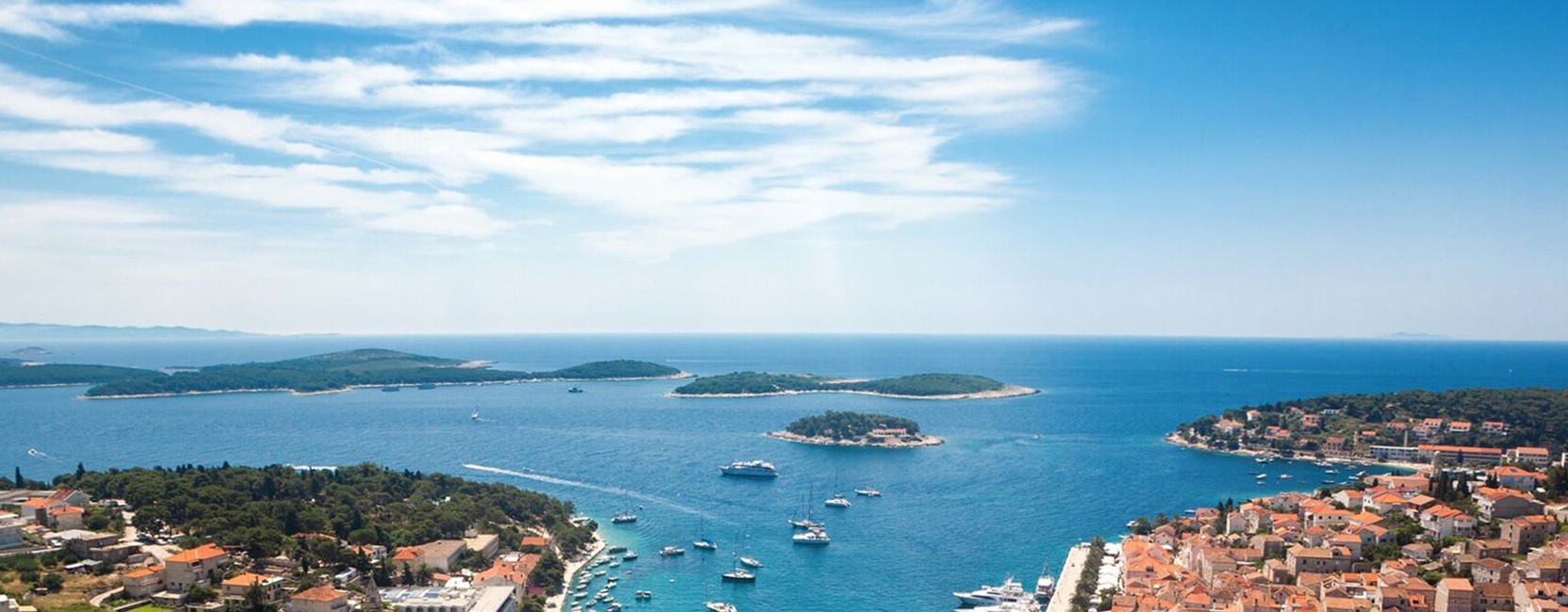Overview
- Capital:
- Zagreb
- Population:
- 4.17 million
- Currency:
- Croatia kuna (HRK)
- Languages:
- Croatian
- Drives on the:
- Right
- Time zone:
- UTC +1



Any Traveler must have a passport which is valid for at least six months after your entry date, and at least 90 days after your return date. Canadian, European Union and US passport holders do not need a visa to enter Greece for stays up to 90 days, It is recommanded to check with the Consulate in your country before traveling
According to the World Health Organization, immunizations are NOT currently required for travel to Croatia. However, you may wish to consult your personal physician or local public health authorities regarding other recommendations
The warmest and driest months are May through October with average daytime temperatures in the 70’s and 80’s. Evening temperatures will be about 15-30 degrees cooler. Winters are usually cold, snowy, and drizzly. We recommend that you bring along a sweater for the evenings, even in the summer
Since the weather can be unpredictable and to be sure that you are comfortable during your trip and that you are ready to face all types of conditions, we suggest that you take a small folding umbrella and take it with you. with you a light jacket or a sweater. Have at least one pair of comfortable walking shoes. Prepare your suitcase with clothes for a variety of practical conditions. Finally, remember that comfort and convenience should dictate your wardrobe for the tour, and casual clothes are the order of the day for most occasions when traveling.
The official currency in Croatia is the Kuna. The hotels, some stores and some restaurants will be able to accept major credit cards. However, smaller stores, souvenir places and some art galleries will accept cash only in local currency, Euro or US dollars. ATMs are available in most major cities. We highly recommend that you bring enough cash to cover incidental expenses as well as tips to the guides and drivers. We recommend that you bring crisp, new bills because old, torn, or crumpled bills are often not accepted. Travelers’ checks are no longer widely accepted. If you intend to use traveler’s checks, please be sure to verify that they are still accepted in the places visited on this tour.
In Croatia, shop for olive oil, wine, truffles and various gourmet delicacies, lavender, filigree jewelry, lace from the islands of Pug or Vis, and arts and crafts.
230 volts. Plugs C & F. You will need a voltage converter and plug adapter in order to use your. appliances. We recommend getting a universal adapter and converter kit.
Want to take your cell phone, tablet or laptop, but not sure how to get cell service or wifi? Check in google world connections before
Cameras and video recorders are allowed almost everywhere, and in fact, you will want to take plenty of pictures of the magnificent panoramas you’ll encounter as you travel. Photography is generally permitted everywhere except at airports and military installations. Memory cards for digital cameras will also be readily available, especially in major cities
The Croatian language is considered a South Slavic language. It is nearly identical to the Serbian language, except Croatian is written in the Roman alphabet, while Serbian is written in the Cyrillic alphabet.
Hum is the smallest town in Croatia, with just 17 residents.
Croatia is known for its “hinterlands” – remote regions that are often by a coast. One of the most popular hinterlands is the historic region of Dalmatia.
You can find an Egyptian sphinx at Diocletian’s Palace.
The movie Fiddler on the Roof was filmed in Croatia.